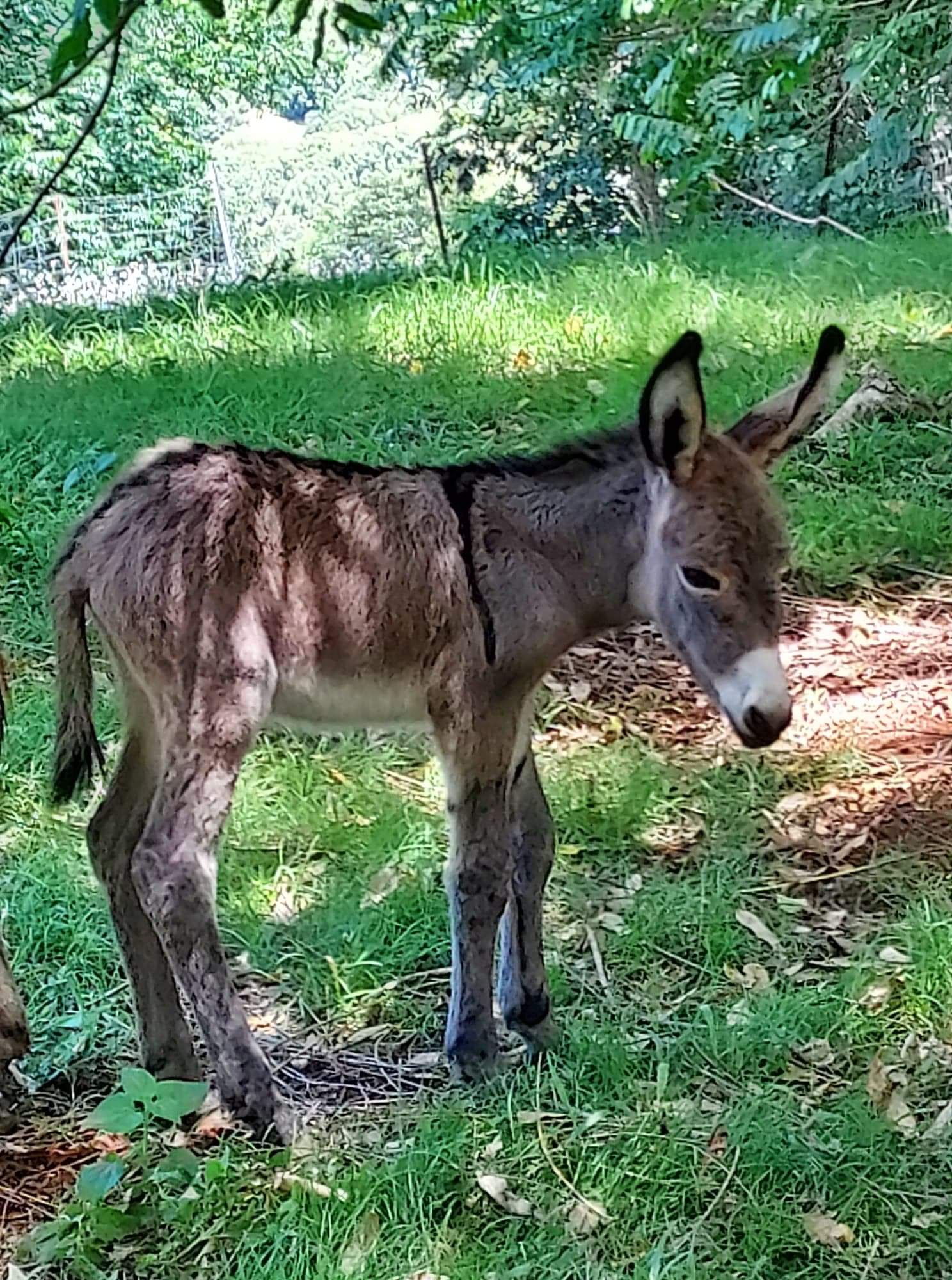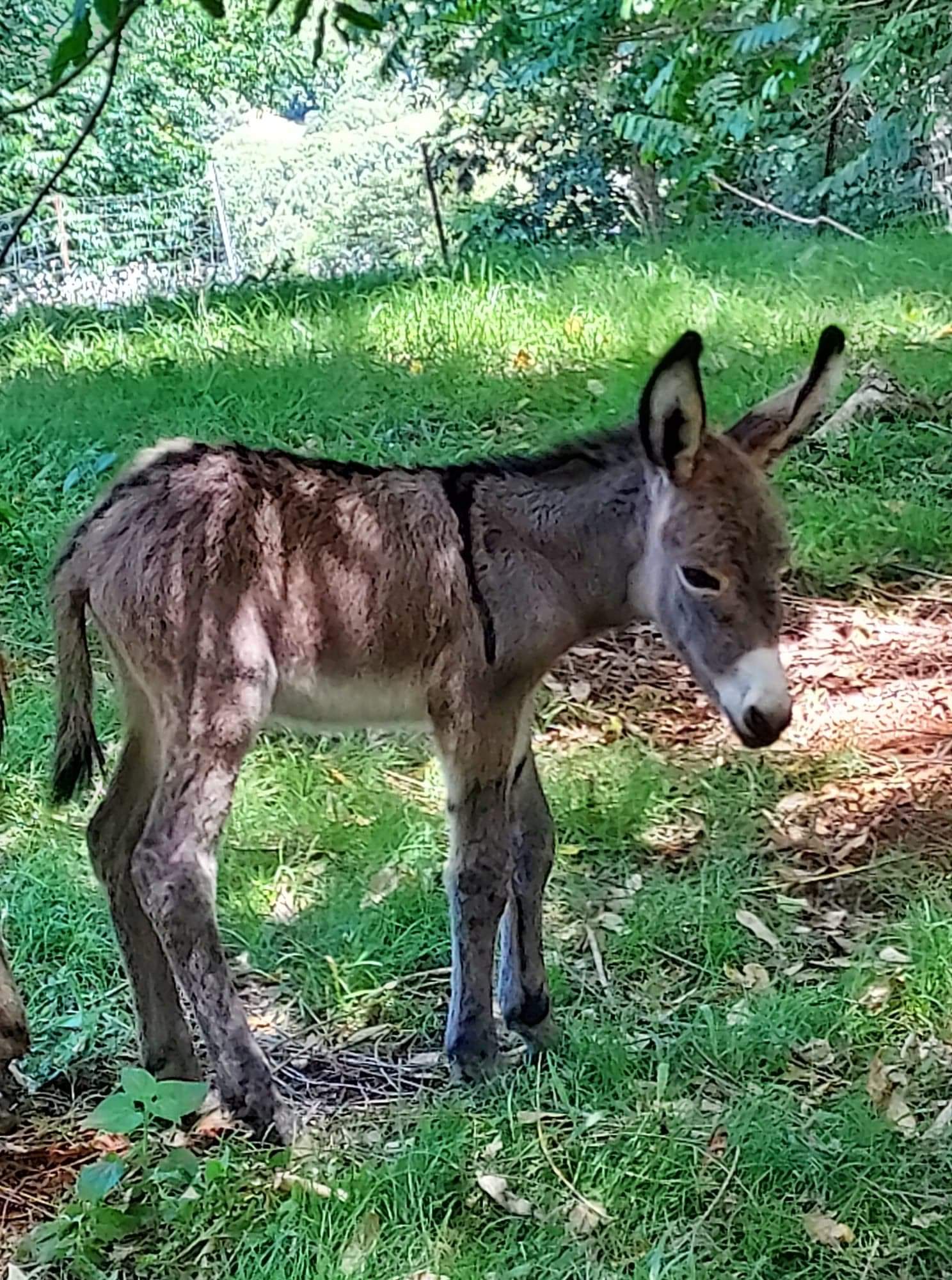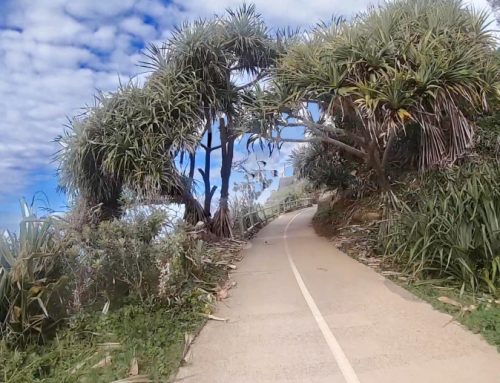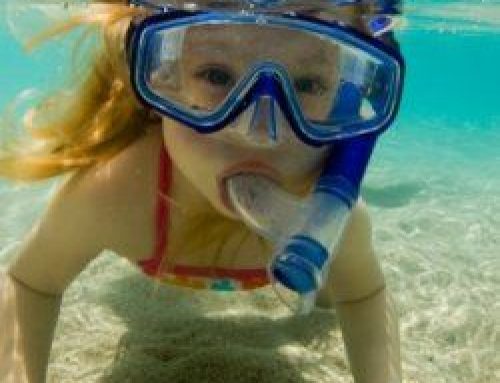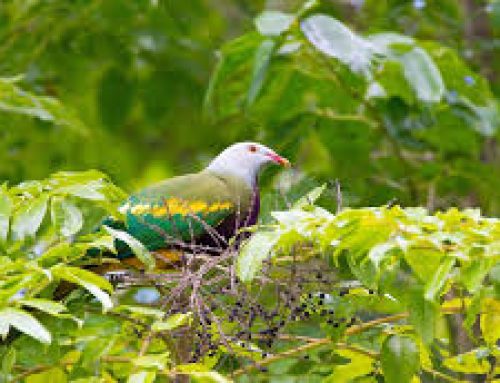New Arrival
We had a wonderful present last Sunday. Freda our pregnant donkey gave birth to her second son, Freddy. He was born about 5am and soon was tottering around on his too long, gangly legs and suckling at his mother. It was a lovely treat for everyone staying at the cottages over the weekend. Freda was very proud of her new offspring and let us all have a good look at him.
Three days old now he is frolicking around the field giving his calm placid mother a hard time as he jumps over her and pushes under her. His extra long ears waving madly! He is fortunately very healthy and has such a sweet white nose that is into everything. The chickens who live with him find him very interesting as they peck around his feet.
Monty his father brays madly over the fence at his antics and Percy the one year old looks on in surprise. Not so sure about having to share his mother with this new arrival.
Freddie is a Jerusalem donkey
Little Freddie is a Jerusalem donkey like his parents, Freda and Monty. Jerusalem donkeys are grey with a distinctive black cross along the length of their spine and across their shoulders. The story of the cross comes from Biblical times. Jesus chose to ride the humble donkey into Jerusalem. It is then thought the shadow from his cross, fell across the donkey’s shoulders. Monty, Freda’s first son is also very handsome but he is dark brown with a white nose and white rings around his eyes.
History
Donkeys originally came to Australia as pack animals and to work on the farms. They were preferable to horses as they were more resilient to the arid ground and could eat many of the desert weeds that made the early horses sick. The donkeys easily escaped from their primitive fences and soon bred and travelled through central Australia. It is thought that as many as four million feral donkeys are spread through Central Australia, the Kimberley in Western Australia and the Top End in the Northern Territory. Donkeys are often captured and then domesticated and sold as pets.
Size and colour
The Australian donkey is categorised into two sizes, standard and large standard. There are also Mediterranean miniature donkeys who are up to and including 9 hands high (about a metre high). Standard donkeys are over 9 hands and up to and including 11.2 hands. Large Standard donkeys are over 11.2 hands and up to 14 hands, the size of a pony.
The most common coat colour is grey, followed by brown and then black, roan and broken coloured donkeys (a combination of brown and white or black and white markings) and the rarest colour is pure white.
Donkey Facts
Donkeys are called different names around the world, such as ” burro “‘ and “ass”. But in Australia a male donkey is called a Jack and a female is called a Jenny. A foal is a young male or female under one year’s old and then they are called a colt or a filly. Donkeys can give birth any time between 9 and 12 months.
You can also cross-breed donkeys with horses and they are called “mules”.
For many more fun facts, check out https://storyteller.travel/donkey-facts/
If you love donkeys as much as we do. Come and visit but don’t forget the carrots!
Or follow many of the donkey sites on facebook.
https://www.facebook.com/donkeysofaustralia/

